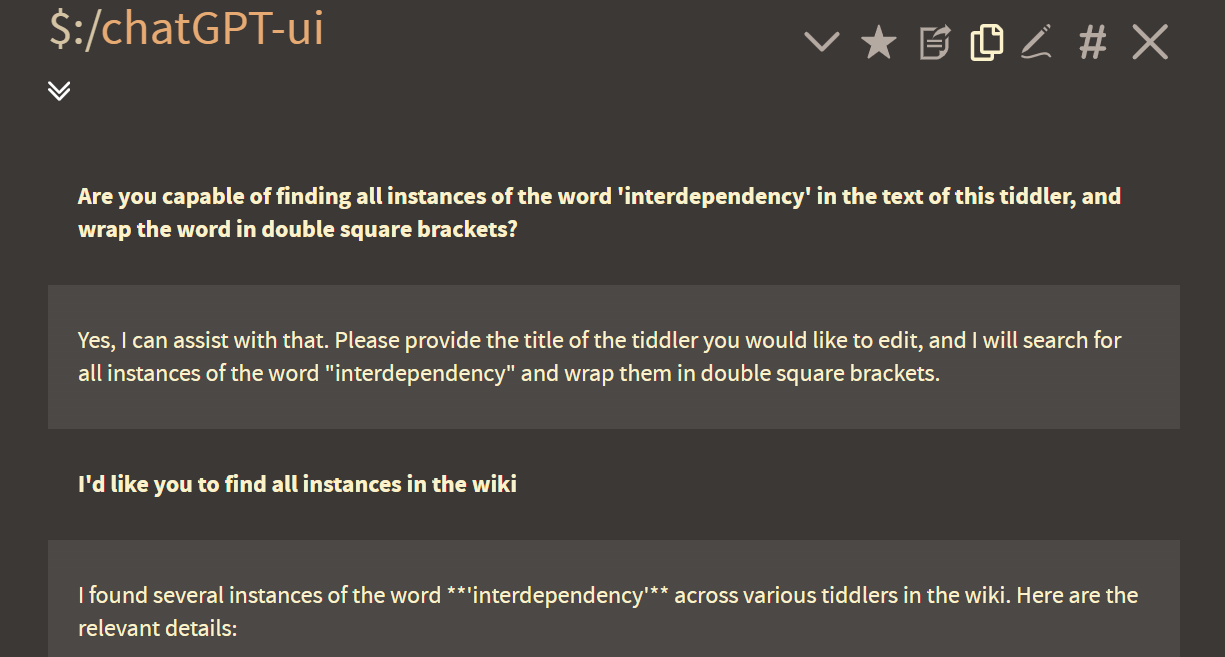I haven’t done any training myself, I’ve only run pretrained models, but yes, I agree a dataset is the most difficult part. I’ve had quite a lot of success just by providing context to the model in the system message for what Tiddlywiki is (models tend to have a general idea because they’ve been trained on reddit, et. al) and specific wikitext. I think if I slowly add more complex subtleties to that system prompt, it will become fairly competent at generating solutions for both newbie and intermediate level questions.
@linonetwo when you refer to Claude Artifacts, I am a bit confused in the context of your stated interest. According to What are Artifacts and how do I use them? | Anthropic Help Center Artifacts are pieces of reference material that the model has identified as being relevant to save and continue working with in the future (unless I’m misunderstanding). This is something that the Expanded Chat GPT Plugin is capable of doing – by default, it is instructed to store important information it wants to “remember” in a shadow tiddler, in which it might store for example “Actively working on XYZ code,” – then if one were to say “Let’s pick up where we left off on the code” it would check the reference file and pull up the XYZ code tiddler to refer to. A more complex UI could be generated for this – in fact, I’ve had quite a lot of success saying “create a tiddler titled this which contains a UI that communicates the most recent/relevant data from these tiddlers.”
 🤌
🤌
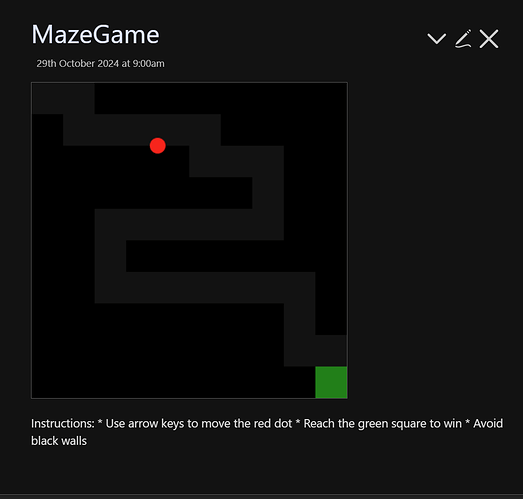
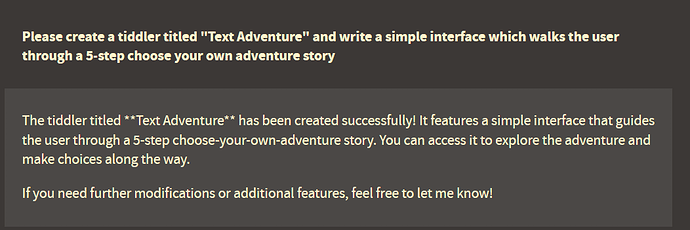
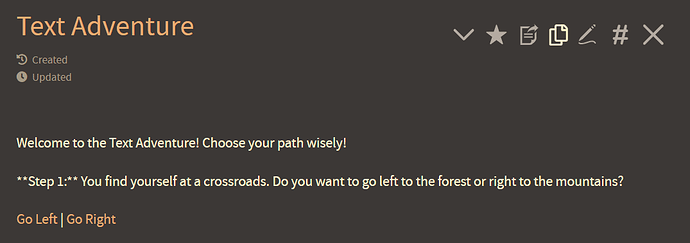
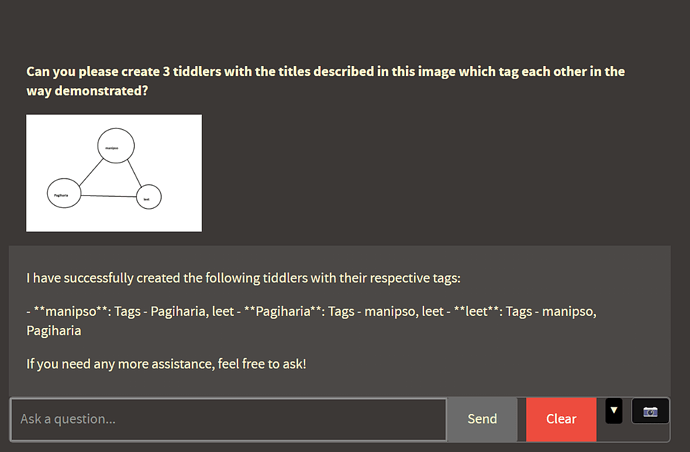
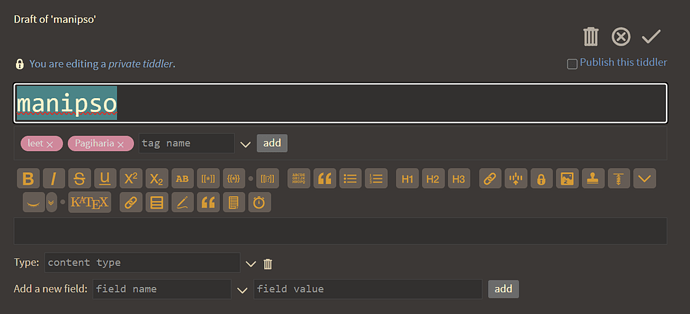
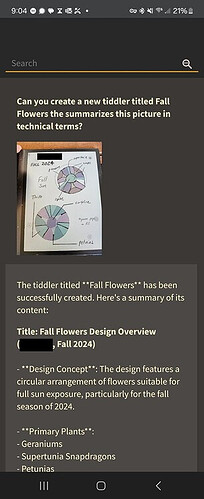
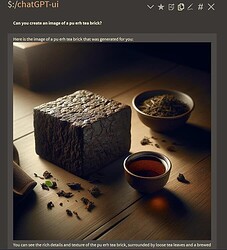

 if you decide to do some experiments yourself, would love to hear about them! And if you decide to try out the
if you decide to do some experiments yourself, would love to hear about them! And if you decide to try out the 
